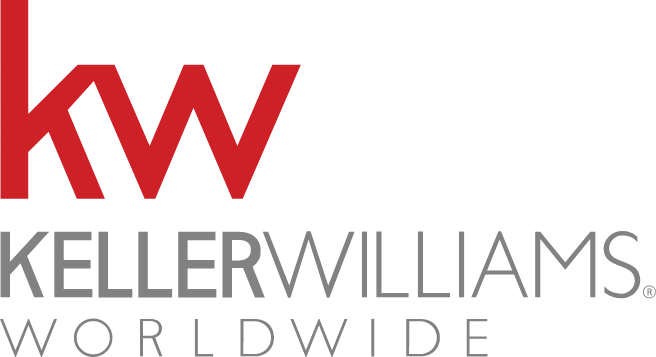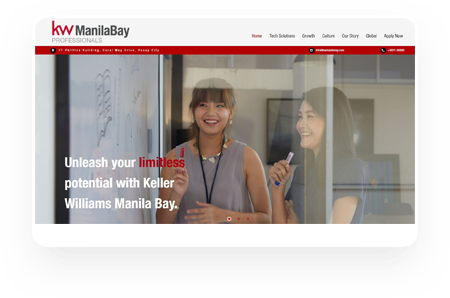
- 27th February 2022
- 149 views
Getting Down to Business: Discover YOUR Top Four Lead Sources
We’ve all heard the truism not to throw good money after bad, but that’s exactly what you’re doing if you’re investing in lead sources that aren’t actually driving your business. And just as another truism informs us – you can’t manage what you don’t measure – you can’t figure out which lead sources are creating big results for your business unless you’re measuring those sources and ensuring you’re getting a good ROI.
“It’s the difference between spending your time and investing your time,” says Kim Zuroff, a KW agent, team leader, and market center owner in Maryland. “If you’re investing your time, you’re getting a return on it. Time is a precious resource you don’t get more of. Identifying your top four sources is so you know you’re focusing on the right things. You’re not spreading yourself too thin, and you’re getting the most out of the time that you’re putting in.”
Zuroff; as well as Jessica Starr, a KW agent and team lead in Connecticut, and Laura Gillott, a KW agent and team lead in Oregon; share their strategies for narrowing down the top lead sources of your business, ensuring ROI by avoiding bad leads, and examples of their own top lead sources.
Ready to build a bigger life? Keller Williams agents have access to a variety of trainings on Connect Live.
Measuring Your Top Lead Sources
When you measure your lead sources, you’re really freeing up time for your future self by allowing yourself to focus on what really matters.
“When tracking these sources, you’ll see maybe you paid for a paid ad and you only got one or two leads. How much did you pay for it?,” Starr says as an example. “But, a client event yielded this many more leads, or doing Google reviews got this many more leads. So you can kind of get the things off your plate that don’t matter.”
To get started, Zuroff recommends finding a tracking system that works for your business, such as Keller Williams’ Command platform, so you have a quick point of reference. Then, determine exactly what you’ll be tracking.
“I often suggest agents measure their lead sources to identify if they are coming from open houses, or from referrals, etc,” Zuroff says. “Then, narrowing down on referrals. What’s the type of referral you’re getting? Is it a past client? Is it an agent? Is it an outside agent? It’s really working your business backward.” Next, go deep.
“Anytime somebody opens on a property on our team, we have them announce the source that it came from, and then we dig even deeper,” Starr says. “We want to know what system is working best for us. If it’s an agent referral, we want to know their name, and whether they are a Keller Williams agent. We actually keep a spreadsheet with all our pending and closed sales that has a copy of all the sources on it too, so we can add them up at the end of the year and know our percentages.”
Ensuring ROI in Your Lead Sources
Once you’ve measured your lead sources, develop plans for tracking how those lead sources perform over time so you can be certain you’re getting a good return on your investment.
“When you talk about return on investment for your top lead sources, it’s having follow-up systems and measurements in place to understand,” Zuroff says. “Then you can work it backward to say, ‘Am I getting enough leads?’ If I’m not getting enough leads, I must not be saying the right things. So then I understand that I need to shift what I’m saying to then improve the ROI on my top lead sources. Once you have those consistent systems, you can see what changed and what didn’t change.”
Such detailed follow-up tracking can help you suss out which leads aren’t getting enough ROI and how you might correct that.
“There’s no bad leads; there’s just bad conversation and lack of effort,” Starr says. “If it’s a lead, how many times did you try to call them? Was it once, twice, maybe an email? We need to put them in a system, plug them into a SmartPlan, and follow up with our schedule. The more hours you put in, the better conversations you have – you get luckier.”
Find What Works
Need inspiration for lead sources to invest your time in? Here’s what’s worked for three top KW agents.
“If I had to say the top three to four lead sources for agents in our office, it’s going to be a database and client events,” Zuroff says. “The other source is going to be agent referrals. We’ve got a lot of people that are getting a lot of business off of social media, and then we have a lot of people knocking it out of the park with open houses. And, last but not least, we have gotten a lot of listings this fall from the cold letter approach. Those have been our top, with the bulk of it being database relationships and client events.”
For Gillott and her team’s lead sources, it’s all about the clients – past and future.
“Past clients are our largest amount of lead generation that we get, and having the client events and the social things we do keeps them connected with our team,” Gillott says.
“If you closed something with somebody three or four years ago, if somebody else calls and said, ‘Hey, who’s a Realtor you used?’, if you’re not keeping a connection with them, they’re probably not going to remember your name. So it’s just so important to keep that connection.”
At events, Gillott’s team adds all attendees to their database with hope that they’ll become future clients, and that’s become another valuable lead source, followed by call-ins and client referrals.
For Starr, it comes down to knowing your numbers.
“A whole 33% is agent referral, and 30% is past client and sphere recommendations,” Starr says. “We have 12% online leads and another 12% form our personal sphere.”






